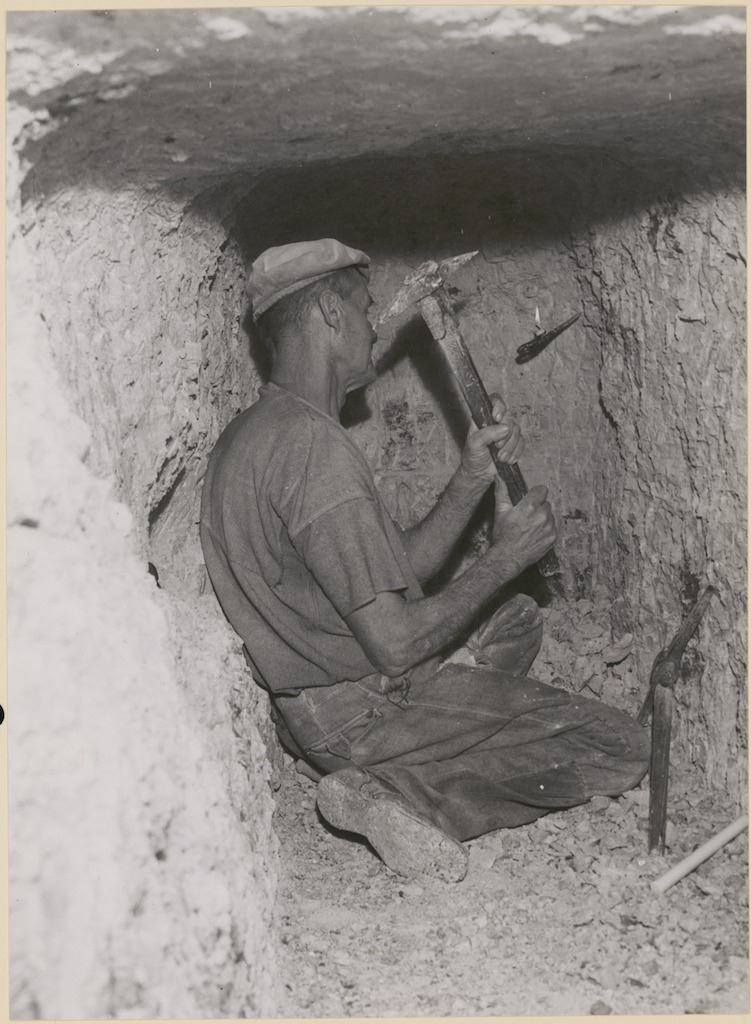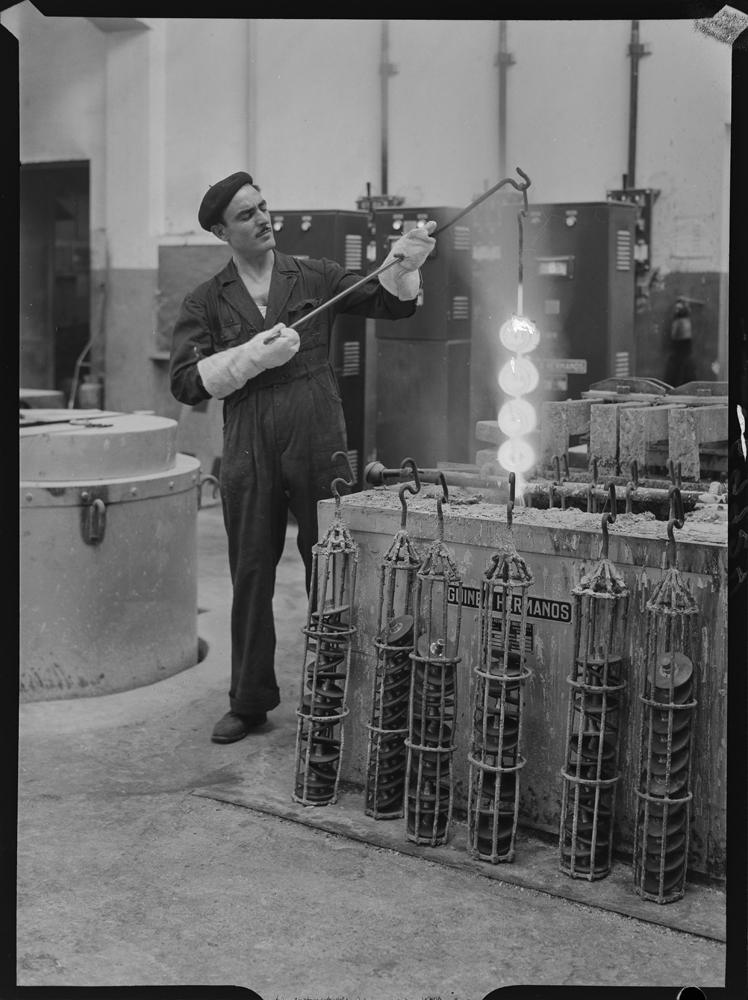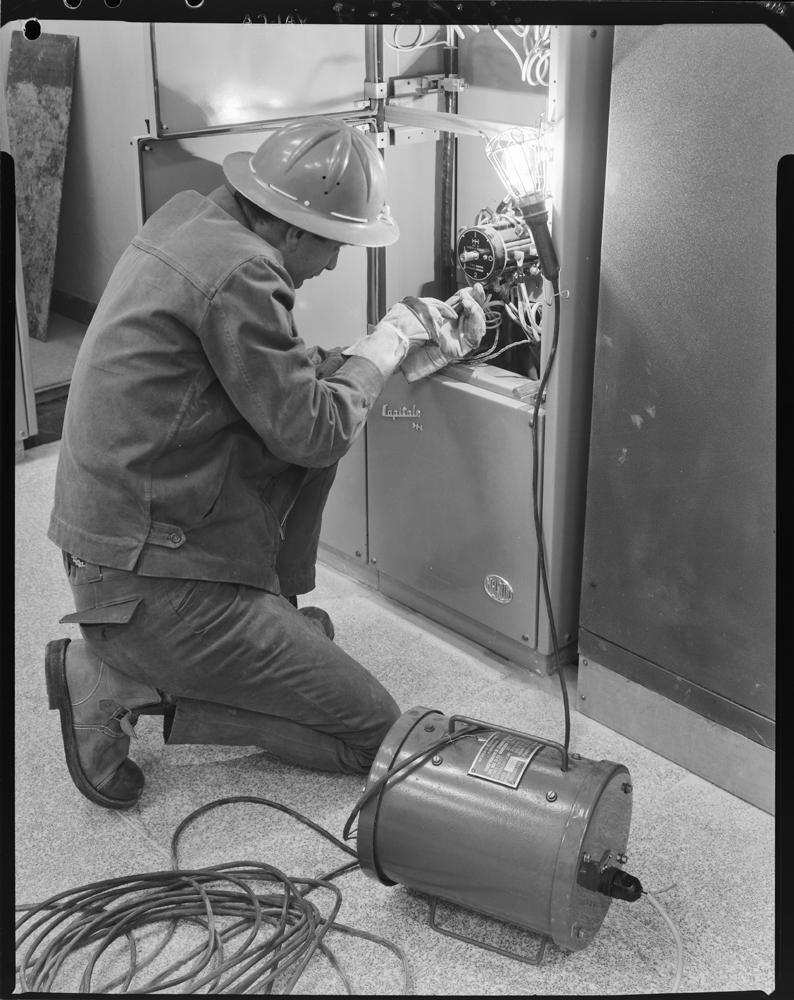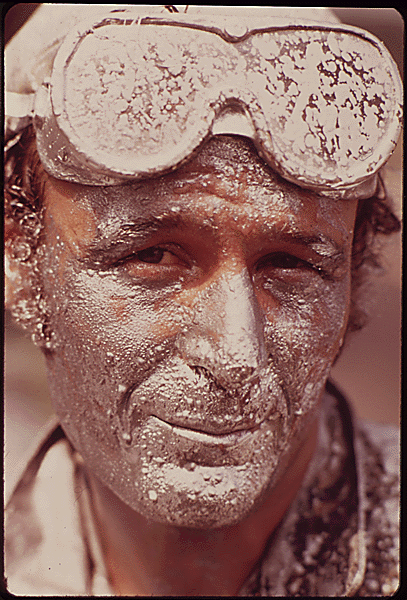JØRGENSEN, Rikke Bramming (2019). Comparison of four nanoparticle monitoring instruments relevant for occupational hygiene applications. - INVASSAT
Atrás JØRGENSEN, Rikke Bramming (2019). Comparison of four nanoparticle monitoring instruments relevant for occupational hygiene applications.
JØRGENSEN, Rikke Bramming (2019). Comparison of four nanoparticle monitoring instruments relevant for occupational hygiene applications.
JØRGENSEN, Rikke Bramming. Comparison of four nanoparticle monitoring instruments relevant for occupational hygiene applications. Journal of Occupational Medicine and Toxicology [online]. 2019. 14: 28. [Consulta: 02.12.2019]. ISSN: 1745-6673. <https://doi.org/10.1186/s12995-019-0247-8>
Resumen: El objetivo de este estudio es hacer una comparación de un nuevo instrumento de monitoreo de nanopartículas de pequeño tamaño, Nanoscan SMPS, con instrumentos más tradicionales de gran tamaño, conocidos por ser precisos y exactos [Scanning Mobility Particle Sampler (SMPS) y Fast Mobility Particle Sizer (FMPS)], y con un instrumento antiguo de tamaño pequeño con mediciones de volumen de partículas de 10–1000 nm (CPC3007). Las comparaciones se realizan durante escenarios de exposición simulados relevantes para estudios de higiene ocupacional. Con base en los resultados de este estudio, la elección del equipo de medición puede ser crucial al evaluar los resultados de medición con respecto a un valor de referencia o un valor límite para la exposición a nanopartículas. Esto enfatiza la necesidad de desarrollar métodos, estandarizar y armonizar los protocolos de muestreo de partículas antes de introducir los valores de referencia. Hasta que esto se establezca, los instrumentos SMPS son los más confiables para la cuantificación de las concentraciones de UFP, pero en un contexto de higiene ocupacional más práctico, el SMPS de Nanoscan debe probarse más a fondo.
Resum: L'objectiu d'aquest estudi és fer una comparació d'un nou instrument de monitoratge de nanopartícules de xicoteta grandària, Nanoscan SMPS, amb instruments més tradicionals de gran grandària, coneguts per ser precisos i exactes [Scanning Mobility Particle Sampler (SMPS) i Fast Mobility Particle Sizer (FMPS)], i amb un instrument antic de grandària xicoteta amb mesuraments de volum de partícules de 10–1000 nm (CPC3007). Les comparacions es realitzen durant escenaris d'exposició simulats rellevants per a estudis d'higiene ocupacional. Amb base en els resultats d'aquest estudi, l'elecció de l'equip de mesurament pot ser crucial en avaluar els resultats de mesurament respecte a un valor de referència o un valor límit per a l'exposició a nanopartícules. Això emfatitza la necessitat de desenvolupar mètodes, estandarditzar i harmonitzar els protocols de mostreig de partícules abans d'introduir els valors de referència. Fins que això s'establisca, els instruments SMPS són els més de confiança per a la quantificació de les concentracions de UFP, però en un context d'higiene ocupacional més pràctic, el SMPS de Nanoscan ha de provar-se més a fons.
Abstract: "Background: The aim of this study is to make a comparison of a new small sized nanoparticle monitoring instrument, Nanoscan SMPS, with more traditional large size instruments, known to be precise and accurate [Scanning Mobility Particle Sampler (SMPS) and Fast Mobility Particle Sizer (FMPS)], and with an older small size instrument with bulk measurements of 10–1000 nm particles (CPC3007). The comparisons are made during simulated exposure scenarios relevant to occupational hygiene studies. Methods: Four scenarios were investigated: metal inert gas (MIG) welding, polyvinyl chloride (PVC) welding, cooking, and candle-burning. Ratios between results are compaed and Pearsson correlations analysis was performed. Results: The highest correlation between the results is found between Nanoscan and SMPS, with Pearsson correlation coefficients above 0.9 for all scenarios. However, Nanoscan tended to overestimate the results from the SMPS; the ratio between the UFP concentrations vary between 1.44 and 2.01, and ratios of total concentrations between 1.18 and 2.33. CPC 3007 did not show comparable results with the remaining instruments. Conclusion: Based on the results of this study, the choice of measurement equipment may be crucial when evaluating measurement results against a reference value or a limit value for nanoparticle exposure. This stresses the need for method development, standardisation, and harmonisation of particle sampling protocols before reference values are introduced. Until this is established, the SMPS instruments are the most reliable for quantification of the concentrations of UFP, but in a more practical occupational hygiene context, the Nanoscan SMPS should be further tested."
[Compartido bajo licencia / Compartit sota llicència CC BY 4.0]















